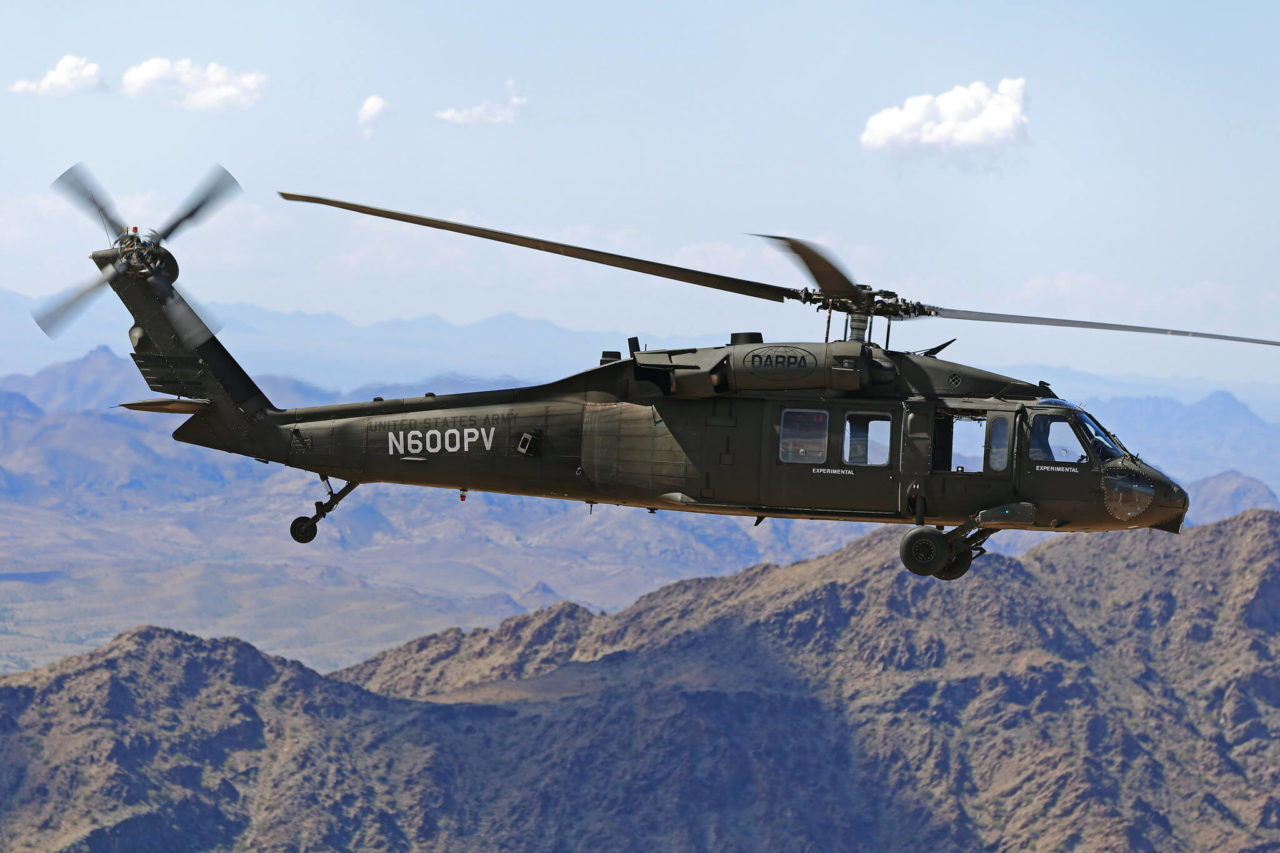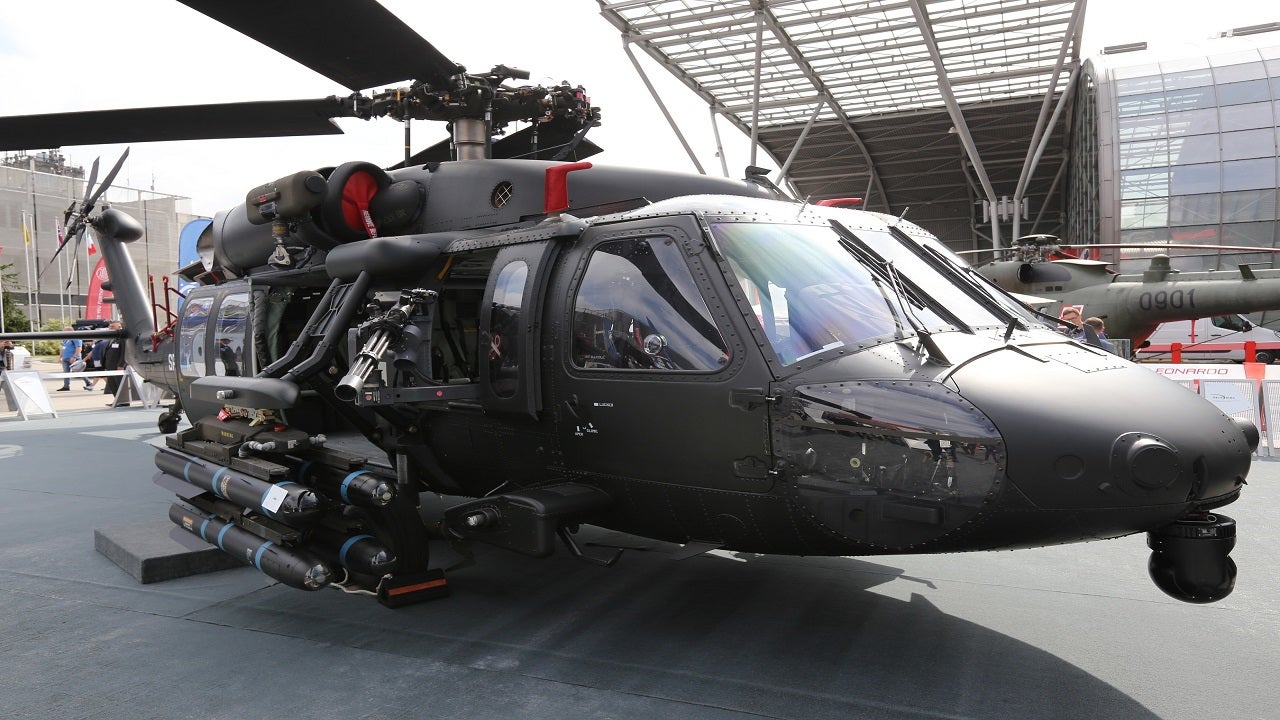Inside the Sikorsky S 70: What Sets This Helicopter Apart from Its Competitors
Inside the Sikorsky S 70: What Sets This Helicopter Apart from Its Competitors
Blog Article
High-Performance Multi-Role Rotorcraft Featuring Advanced Cabin Technologies and Integrated Sensor Equipments
The world of rotorcraft innovation has seen significant advancements in recent times, specifically in the realm of high-performance multi-role rotorcraft equipped with innovative cabin innovations and flawlessly integrated sensing unit systems. In the following conversation, we will discover the evolution of rotorcraft technology, dive into the realm of advanced cabin innovations, and examine the ramifications of integrated sensor systems on the functional convenience and efficiency of contemporary rotorcraft.
Development of Rotorcraft Innovation
The development of rotorcraft technology has been marked by significant developments in aerodynamics, materials, and propulsion systems, forming the capacities and efficiency of contemporary rotorcraft. Wind resistant improvements have boosted the performance and ability to move of rotorcraft, permitting boosted rate, agility, and stability during flight (sikorsky s 70). Technologies in materials, such as using composite products and advanced alloys, have actually brought about lighter yet more powerful rotorcraft frameworks, improving overall performance and toughness. Furthermore, developments in propulsion systems, consisting of extra powerful engines and ingenious propulsion modern technologies, have actually enabled rotorcraft to accomplish greater altitudes, faster rates, and greater payloads.
These developments have not only changed the capabilities of rotorcraft yet have actually also broadened their applications throughout various industries, consisting of army, commercial, and emergency solutions. The constant evolution of rotorcraft innovation remains to drive innovation in the area, pushing the limits of what is possible and shaping the future of upright trip.
Advanced Cockpit Innovations
Building upon the fundamental developments in the rules of aerodynamics, products, and propulsion systems, the world of rotorcraft modern technology now shifts focus towards introducing Advanced Cabin Innovations. The assimilation of cutting-edge innovations within the cabin atmosphere plays a vital duty in enhancing the functional abilities, security, and effectiveness of modern rotorcraft. sikorsky s 70. Advanced Cockpit Innovations include a broad variety of functions developed to provide pilots with enhanced situational recognition, streamlined information administration, and instinctive control interfaces
One of the key improvements in cockpit layout is the execution of glass cockpits, which change conventional analog determines with high-resolution displays. These electronic systems use adjustable designs, real-time data combination, and improved readability, making it possible for pilots to access essential information at a glimpse. Additionally, advanced avionics systems, such as fly-by-wire controls and boosted truth displays, are transforming exactly how pilots interact with the aircraft, enabling for precise control and enhanced decision-making abilities.


Incorporating sophisticated cockpit innovations not just enhances pilot performance yet also adds to overall mission performance and safety in complicated operational settings. By leveraging state-of-the-art modern technologies within the cockpit, rotorcraft manufacturers are setting new standards for functional quality and goal success.
Integrated Sensor Systems
With the evolution of rotorcraft technology, the integration of innovative Integrated Sensor Systems has come to be critical in improving functional performance and safety. These Integrated Sensing unit Solutions include a wide array of technologies that offer critical data for numerous features such as navigation, monitoring, targeting, and ecological surveillance. By perfectly incorporating sensing units like radars, cams, lidar, and infrared systems into continue reading this rotorcraft, operators can gain from improved situational recognition, boosted objective abilities, and lowered pilot workload.
One key benefit of Integrated Sensor Solutions is their capacity to collect real-time data and supply actionable understandings to pilots and objective operators. For instance, advanced radar systems can detect and track targets over fars away, enabling very early risk discovery and efficient reaction preparation. In addition, incorporating electro-optical and infrared video cameras enables rotorcraft to carry out reconnaissance and security goals with accuracy and precision.
In essence, the combination of sophisticated sensing unit innovations right into rotorcraft not just improves functional efficiency however likewise contributes significantly to total objective success and staff security. As rotorcraft remain to evolve, the function of Integrated Sensor Systems will unquestionably continue to be at the center of advancement in the aerospace industry.
Operational Adaptability and Effectiveness
Enhancing operational flexibility and performance in rotorcraft is a natural progression from the assimilation of innovative Integrated Sensor Systems. By leveraging the information and insights supplied by these advanced sensing unit systems, rotorcraft can enhance their efficiency across numerous missions and settings.
Operational versatility incorporates the capability of rotorcraft to adapt to various functions and situations efficiently. With sophisticated cabin innovations and incorporated sensor systems, rotorcraft can effortlessly transition in between tasks such as search and rescue, clinical emptying, surveillance, and much more. This versatility enhances the rotorcraft's ability to fulfill diverse operational needs without requiring extensive reconfiguration.
Effectiveness in rotorcraft procedures is critical for making best use of goal effectiveness and source use. Integrated sensor systems play a crucial function in boosting functional effectiveness by giving real-time data on climate problems, terrain mapping, target monitoring, and more. This data allows pilots to make enlightened decisions promptly, maximize flight paths, save gas, and enhance overall mission performance.
Impact on Modern Air Travel Operations

Moreover, the integration of innovative sensors promotes improved goal planning and implementation, enabling rotorcraft to do a large range of tasks with boosted precision. From search and rescue operations to airborne firefighting and police missions, the abilities of modern-day rotorcraft geared up with advanced cockpit modern technologies and integrated sensing unit systems are unequaled.
Moreover, the influence of these innovations prolongs past functional effectiveness to cost-effectiveness and sustainability. By optimizing flight routes, gas intake, and upkeep timetables, high-performance rotorcraft geared up with innovative cabin technologies and sensing units add to reducing operational costs and environmental influence, making them essential possessions in contemporary aeronautics operations.
Conclusion
In final thought, the high-performance multi-role rotorcraft with innovative cockpit modern technologies and integrated sensor systems represents a considerable development in aeronautics resource technology. These developments improve operational flexibility and effectiveness, eventually influencing modern-day aeronautics operations in a favorable method. The assimilation of these advanced technologies permits boosted capabilities and efficiency in various mission circumstances, showcasing the continued development of rotorcraft modern technology in the aeronautics market.
The realm of rotorcraft innovation has actually seen remarkable advancements in recent times, specifically in the world of high-performance multi-role rotorcraft equipped with cutting-edge cabin innovations and effortlessly integrated sensing unit systems. From improved objective convenience to improved operational effectiveness, the merging of innovative cockpit modern technologies and incorporated sensor systems has ushered in a new era of opportunities for rotorcraft applications. In the complying with discussion, we will certainly check out the development of rotorcraft innovation, delve right into the realm of advanced cockpit technologies, and take a look at the ramifications of incorporated sensing unit systems on the functional flexibility and efficiency of contemporary rotorcraft.

Report this page